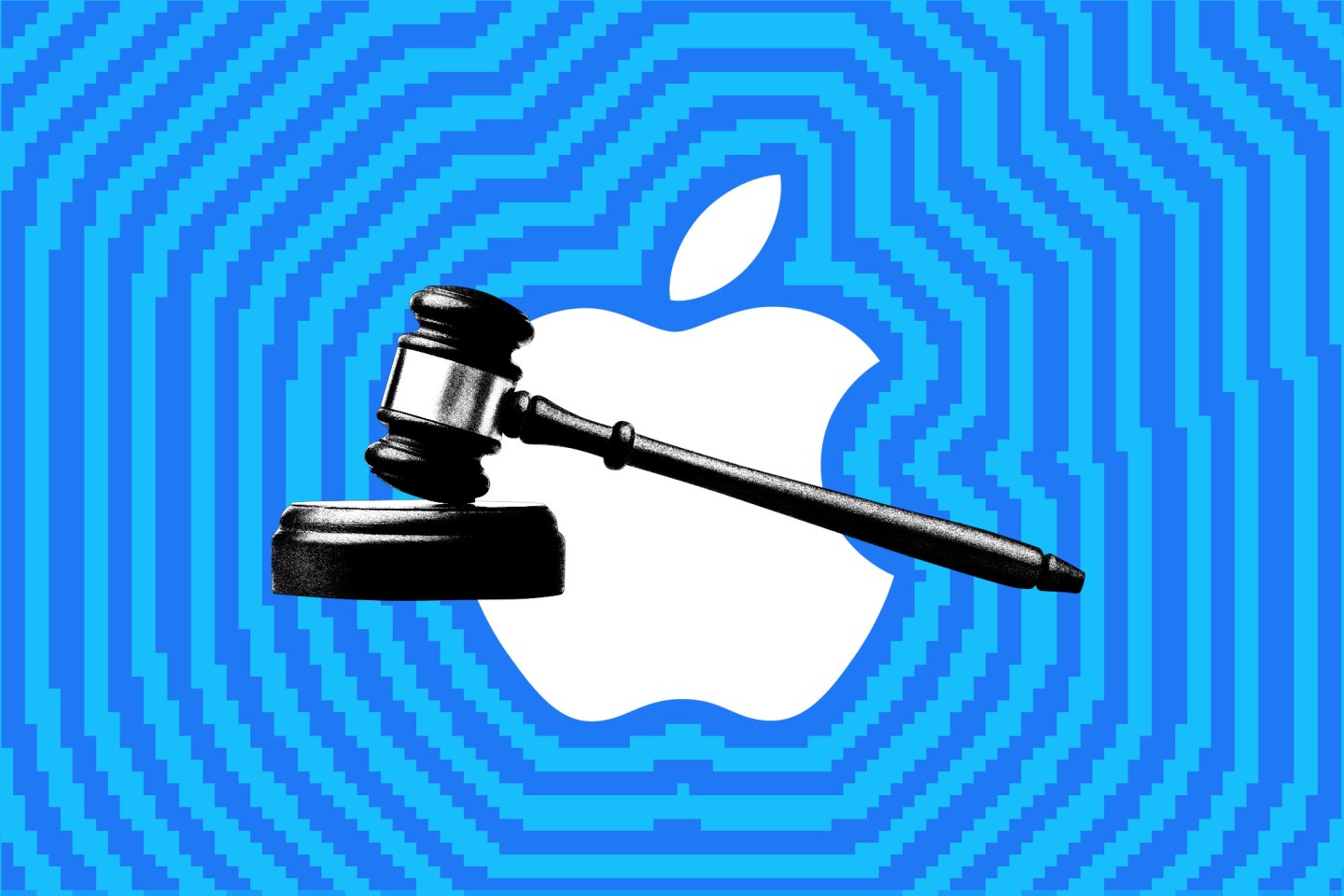In a new study published in the journal Science, a team from the Max Planck Society (MPS) It suggests that stars like the Sun can emit solar flares every century. For them, this highlights the importance of a broader understanding of the intensity and frequency of extreme events associated with Sun-like stars.
Scientists analyzed data collected by different modern telescopes, such as NASA’s Kepler space telescope, as well as advanced analysis techniques. Then, partnerHe was able to monitor the behavior of thousands of stars over long periods of stellar activity.
The new study may offer many new perspectives to scientists researching the subject, but the authors point out that the importance of these results also lies in making this possible. Prediction of stellar events that may affect Earth or other planets.
For example, researchers can better understand the effects of solar superflares on technological systems to prevent problems such as ‘internet blackouts’ that can occur at the end of the solar cycle.
One of the co-authors explains: “We cannot observe the Sun for thousands of years. However, we can watch the behavior of thousands of stars very similar to the Sun over short periods of time. This helps us estimate how often superflares occur.” The director of the study and director of MPS, Dr. Sami Solanki.
Super solar flares every century
We analyzed in total Data for 56,450 stars; Thus, researchers were able to observe details of 2,889 superflares on 2,527 of these stars. They concluded that in stars similar to the Sun, these intense solar flares occur on average once every century.
It is important to emphasize that the study does not make any specific predictions about the Sun’s behavior. because the data analyzed comes from stars with similar properties, but not from the Sun itself.
One of the last major solar events known to humanity was the Carrington Event in 1859, when a severe solar storm disrupted the telegraph network in parts of Europe and North America. But the Carrington Event is almost insignificant compared to the event examined in the study: It is equivalent to only one percent of the energy released in superbursts.
Co-author and MPS partner Dr. “The new data are a stark reminder that even the most extreme solar events are part of the Sun’s natural repertoire,” said Natalie Krivova.
Get up-to-date information about astronomy at TecMundo. If you wish, have the opportunity to see the NASA simulation showing the complex behavior of the Sun.
Source: Tec Mundo
I’m Blaine Morgan, an experienced journalist and writer with over 8 years of experience in the tech industry. My expertise lies in writing about technology news and trends, covering everything from cutting-edge gadgets to emerging software developments. I’ve written for several leading publications including Gadget Onus where I am an author.













